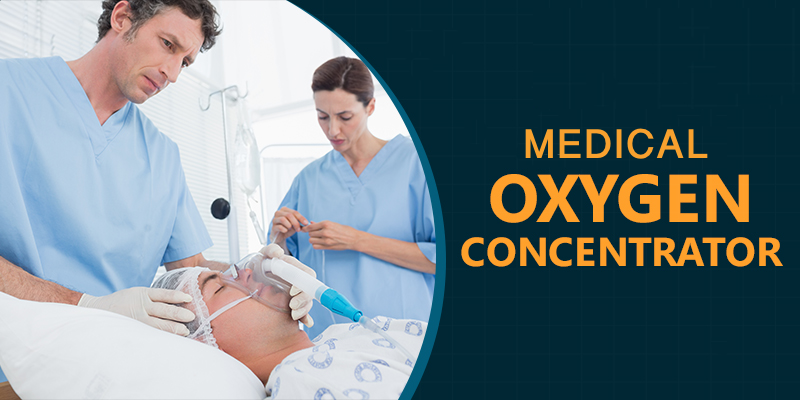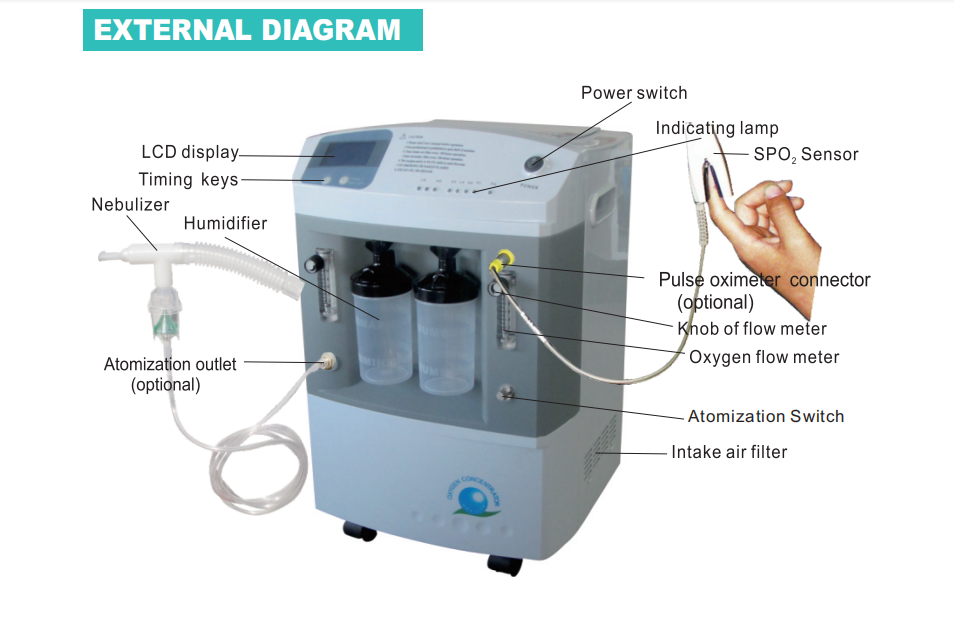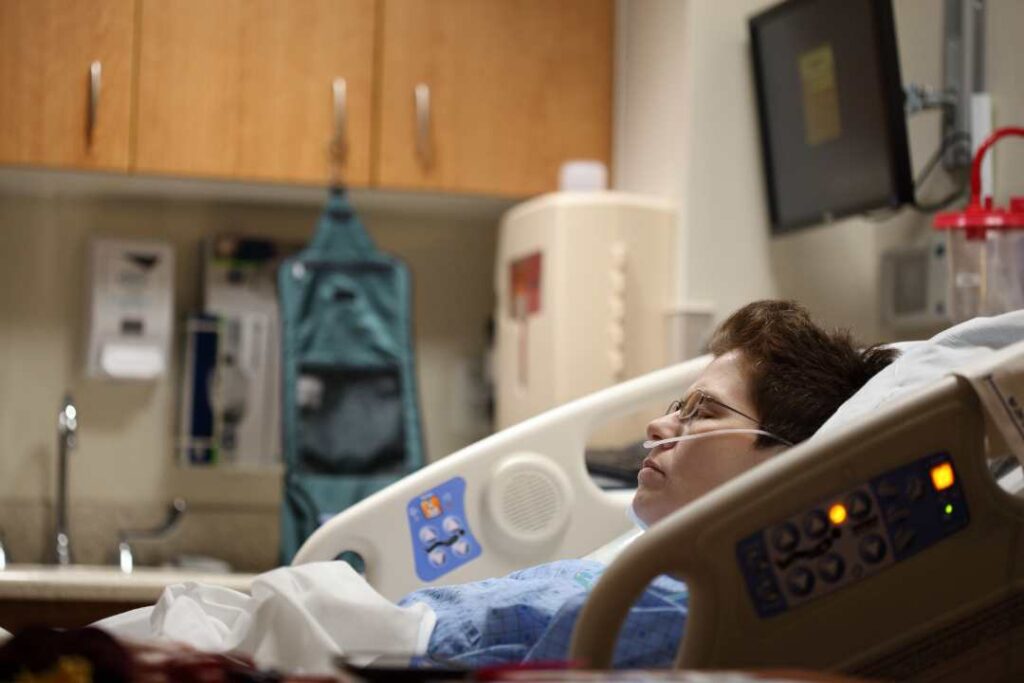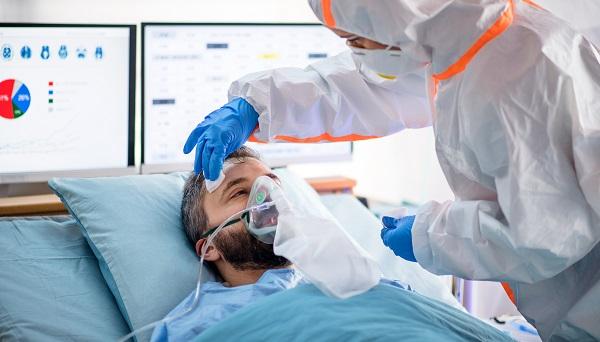
What is an oxygen concentrator?
An oxygen concentrator is a medical device that provides supplemental or extra oxygen to a patient with breathing issues. The device consists of a compressor, sieve bed filter, oxygen tank, pressure valve, and a nasal cannula (or oxygen mask). Just like an oxygen cylinder or tank, a concentrator supplies oxygen to a patient via a mask or nasal tubes. However, unlike oxygen cylinders, a concentrator doesn’t require refilling and can provide oxygen 24 hours a day.
How does the device work?
An oxygen concentrator works by filtering and concentrating oxygen molecules from the ambient air to provide patients with 90% to 95% pure oxygen. The compressor of the oxygen concentrator sucks ambient air and adjusts the pressure at which it is provided. The sieve bed is made of a crystalline material called Zeolite separates the nitrogen from the air. A concentrator has two sieve beds that work to both release oxygen into a cylinder as well as discharge the separated nitrogen back into the air. This forms a continuous loop that keeps producing pure oxygen. The pressure valve helps regulate oxygen supply ranging from 5 to 10 litres per minute. The compressed oxygen is then dispensed to the patient through a nasal cannula (or oxygen mask).

Who uses it?
An oxygen concentrator can be used in any level of health facility to provide oxygen therapy, as long as there is a continuous source of reliable power and a system for regular cleaning and maintenance by users and technical personnel alike. Concentrators are designed for continuous operation and can produce oxygen 24 hours per day, 7 days per week, for up to 5 years or more.
Who needs an Oxygen Concentrator?
Patients suffering from acute respiratory disorders such as COPD, asthma, and respiratory distress due to climate change need supplemental oxygen for which oxygen concentrators can be used. This medical equipment can help pump sufficient amount of oxygen into the patients’ blood stream during or after an asthma attack. Chronic obstructive pulmonary disease cannot be cured, but treatment is made available through the use of an oxygen concentrator. Respiratory distress syndrome is a breathing disorder that mostly affects newborns, particularly those born 6 or more weeks prior to their delivery date. To treat this type of disorder, oxygen concentrators can be used. It helps pump oxygen into the lungs and blood stream, and thereby reduce further complications.

When to apply oxygen concentrator to patients?
According to pulmonologists, only mild to moderately ill patients with oxygen saturation levels between 90% to 94% should use an oxygen concentrator, under medical guidance. Patients with oxygen saturation levels as low as 85% can also use oxygen concentrators in emergency situations. The device is not advisable for ICU patients.
Advantages of Oxygen Concentrators for COVID-19 patients
One of the major issues that COVID-19 patients start facing is the inability to breathe properly. Therefore, oxygen concentrators can be helpful in providing best possible oxygen supportive care. A majority of the cases that are not very severe and do not require the help of ventilator support can be treated by the breathing therapy facilitated by oxygen concentrator. And, with the help of this medical device, a COVID-19 infected patient can take his/her oxygen therapy from the safety and comfort of their homes.

Some of the benefits of using Oxygen Concentrators
- Improved physical exercise tolerance,
- Improved quality of sleep,
- Enhanced mental alertness.
Copyright © 2022 Trade Link International Limited, All rights reserved.
You are receiving this newsletter because you are a valuable TLI customer who’d like to stay informed of the latest in the industry.
Our mailing address is:
Trade Link International LimitedTLI Haus, Hubert Murray H/Way, Badili 123P.O Box 3051, Boroko 111, Port Moresby, National Capital District, Papua New Guinea
